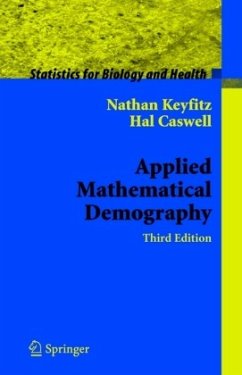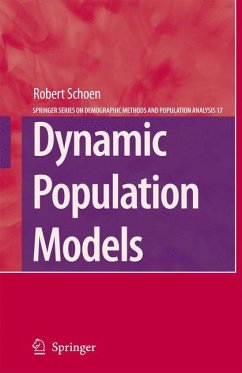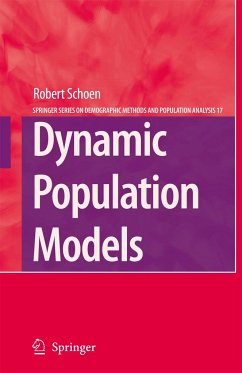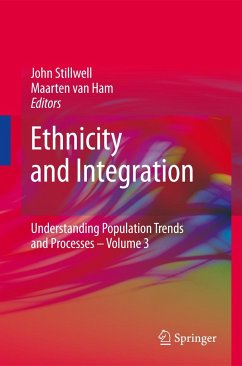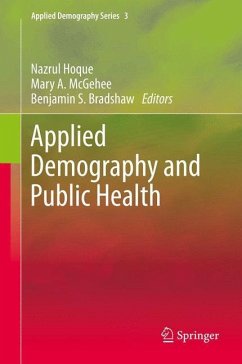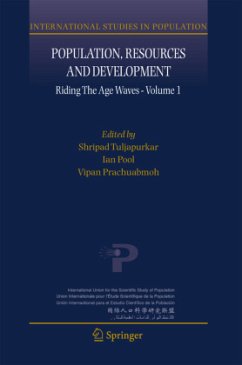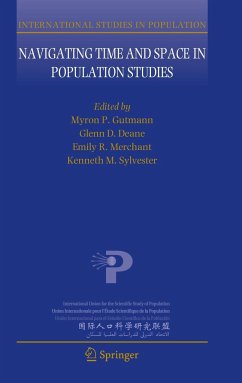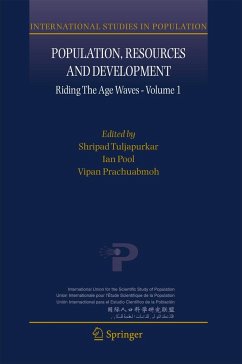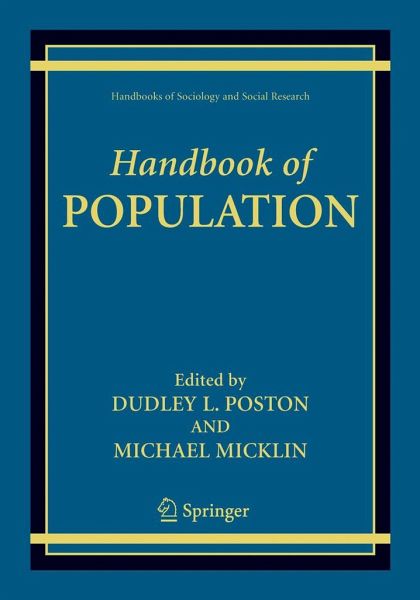
Handbook of Population

PAYBACK Punkte
57 °P sammeln!
Completion of this Handbook would not have been possible without the generous and dedicated assistance of numerous people. Several years ago Howard Kaplan, Editor of the Kluwer/Plenum Handbooks of Sociology and Social Research, asked Dudley Poston to edit a Handbook of Population. Poston then asked his long-time collaborator and fellow demographer, Michael Micklin, to join him as co-editor. Poston and Micklin next assembled a list of chapter topics and possible authors. We endeavored to shape the contributions to the Handbook in two ways: We wished to parallel in many ways the outline of The S...
Completion of this Handbook would not have been possible without the generous and dedicated assistance of numerous people. Several years ago Howard Kaplan, Editor of the Kluwer/Plenum Handbooks of Sociology and Social Research, asked Dudley Poston to edit a Handbook of Population. Poston then asked his long-time collaborator and fellow demographer, Michael Micklin, to join him as co-editor. Poston and Micklin next assembled a list of chapter topics and possible authors. We endeavored to shape the contributions to the Handbook in two ways: We wished to parallel in many ways the outline of The Study of Population, edited by Philip M. Hauser and Otis Dudley Duncan, and published in 1959. The Hauser and Duncan volume was the key comp- dium and inventory of the state of demography; one had not been published since. In shaping this Handbook we also took into account the increased scope of demography, its development in other social science areas, and its application outside the academy. In the subsequent development of this Handbook, we worked closely with Teresa Kraus, our editor at Springer, and also received advice from Howard Kaplan. Poston and Micklin read and edited each of the Handbook chapters and then sent them back to the authors for their revisions. We appreciate their timely responses to our requests for revisions. All the chapters were then copy edited at Texas A&M University by Amanda K. Baumle, who then discussed and reviewed the final changes and edits with Poston.



